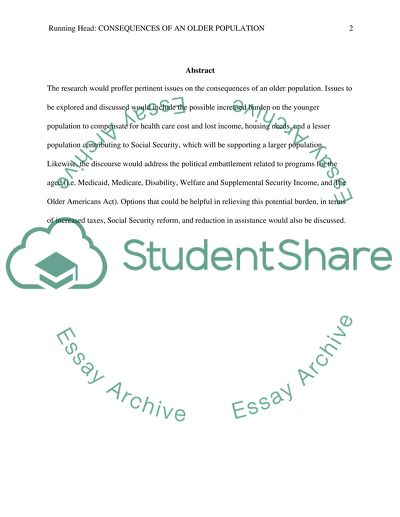Cite this document
(“Consequences Of An Older Population Research Paper”, n.d.)
Retrieved from https://studentshare.org/family-consumer-science/1414697-consequences-of-an-older-population
Retrieved from https://studentshare.org/family-consumer-science/1414697-consequences-of-an-older-population
(Consequences Of An Older Population Research Paper)
https://studentshare.org/family-consumer-science/1414697-consequences-of-an-older-population.
https://studentshare.org/family-consumer-science/1414697-consequences-of-an-older-population.
“Consequences Of An Older Population Research Paper”, n.d. https://studentshare.org/family-consumer-science/1414697-consequences-of-an-older-population.


